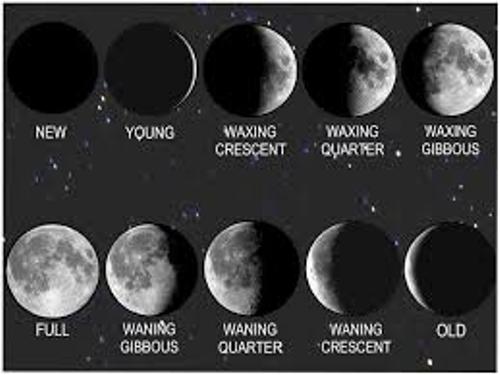the moon eclipse
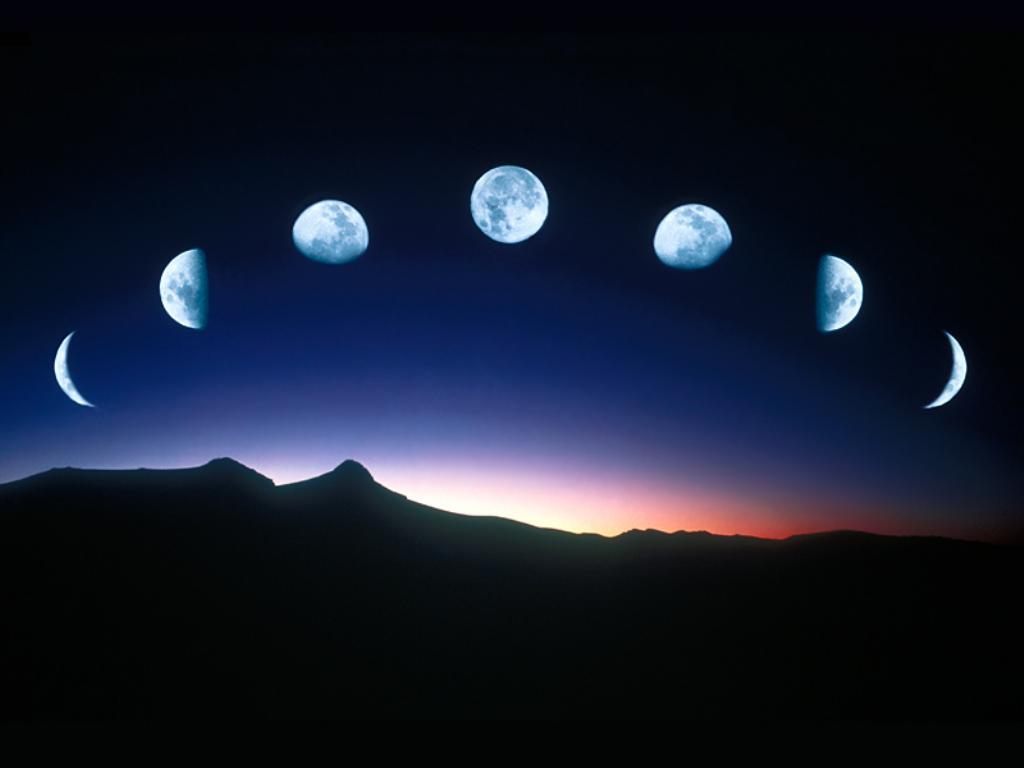
The Moon Eclipse is a natural phenomena that we observe from Earth and can present itself in various different ways. The Moon is the Earth only natural satellite which is in synchronous rotation with us, always showing the same face. The Moon´s gravitational influence produces the ocean tides, body tides and the slight lengthening of the day.
solar eclipse
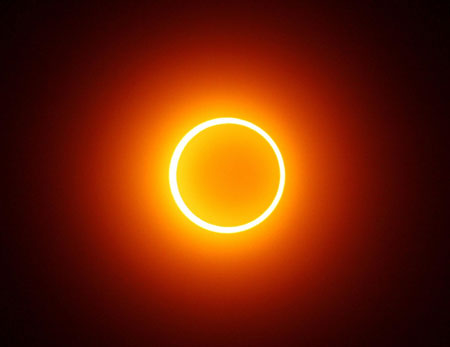
Solar eclipses can only occur during a new Moon, when the Moon moves between the Earth and the Sun and the three celestial bodies form a straight line: Earth - Moon - Sun.
There are 3 kinds of solar eclipses: total, partial, annular. There is also a rare hybrid that is a combination of two eclipses.
total solar eclipse

Total Solar eclipses occurs when the Moon completely covers the Sun disk, as seen from Earth. Totality during such an eclipse can only be seen from a very small area on Earth. This area is usually about 100 miles (160 kms) wide and 10,000 miles (16,100 kms) long. Areas outside this track may be able to see a partial eclipse of the Sun.
partial solar eclipse
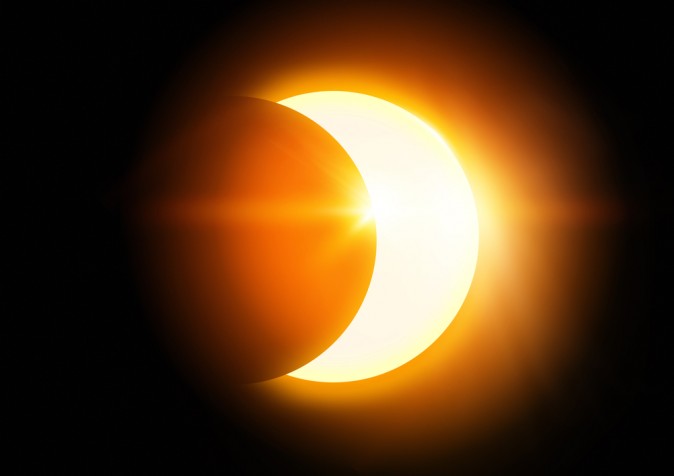
Partial Solar eclipses can be observed when the Earth, Moon and Sun do not align in a perfectly straight line, and the Moon only partially covers the disc of the Sun. Leaving a lovely ray of light for the Moon and Sun lovers.
annular solar eclipse
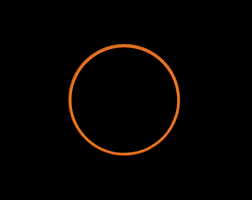
An annular solar eclipse occurs when the Moon appears smaller than the Sun as it passes centrally across the solar disk and a bright ring, or annulus, of sunlight remains visible during the eclipse.
A hybrid solar eclipse is a rare form of solar eclipse, which changes from an annular to a total solar eclipse along its path.
Solar Eclipse Facts
- Depending on the geometry of the Sun, Moon, and Earth, there can be between 2 and 5 solar eclipses each year.
- Totality occurs when the Moon completely obscures Sun so only the solar corona is showing.
- A total solar eclipse can happen once every 1-2 years. This makes them very rare events.
- If you lived at the North or South Pole, you would see only partial solar eclipses. People in other parts of the world can see partial, total, annular, and hybrid eclipses.
- The longest a total solar eclipse can last is 7.5 minutes.
- The width of the path of totality is usually about 160 km across and can sweep across an area of Earth’s surface about 10,000 miles long.
- Almost identical eclipses occur after 18 years and 11 days. This period of 223 synodic months is called a saros.
- During a total solar eclipse, conditions in the path of totality can change quickly. Air temperatures drop and the immediate area becomes dark.
- If any planets are in the sky at the time of a total solar eclipse, they can be seen as points of light.
lunar elcipses
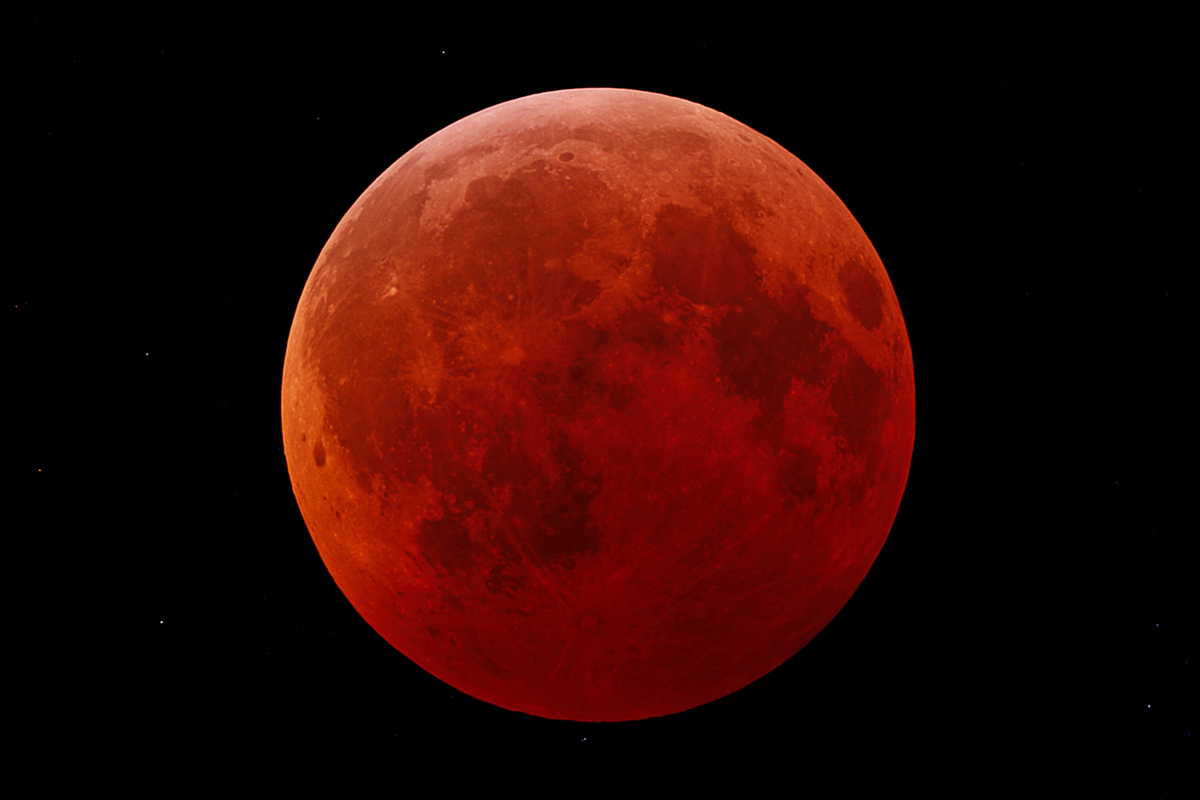
The Moon does not have its own light. It shines because its surface reflects the Sun's rays. A lunar eclipse occurs when the Earth comes between the Sun and the Moon and blocks the Sun's rays from directly reaching the Moon. Lunar eclipses only happen at full Moon.
There are 3 kinds of lunar eclipses: total, partial, and penumbral.
total lunar elcipses
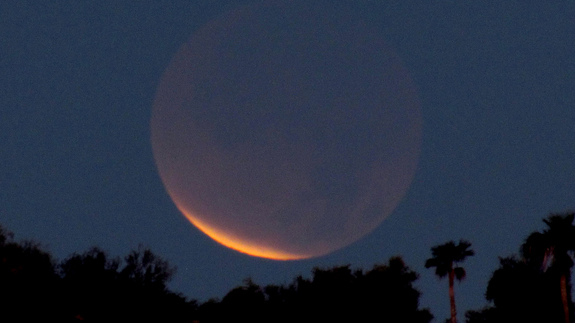
A total lunar eclipse occurs when the Earth's umbra – the central, dark part of its shadow – obscures all of the Moon's visible surface.
partial lunar elipses

A partial lunar eclipse can be observed when only part of the Moon's visible surface is obscured by the Earth’s umbra.
During the partial phase, the sun, Earth and moon are not quite perfectly aligned, and Earth’s shadow appears to take a bite out of the moon
penumbral lunar eclipse
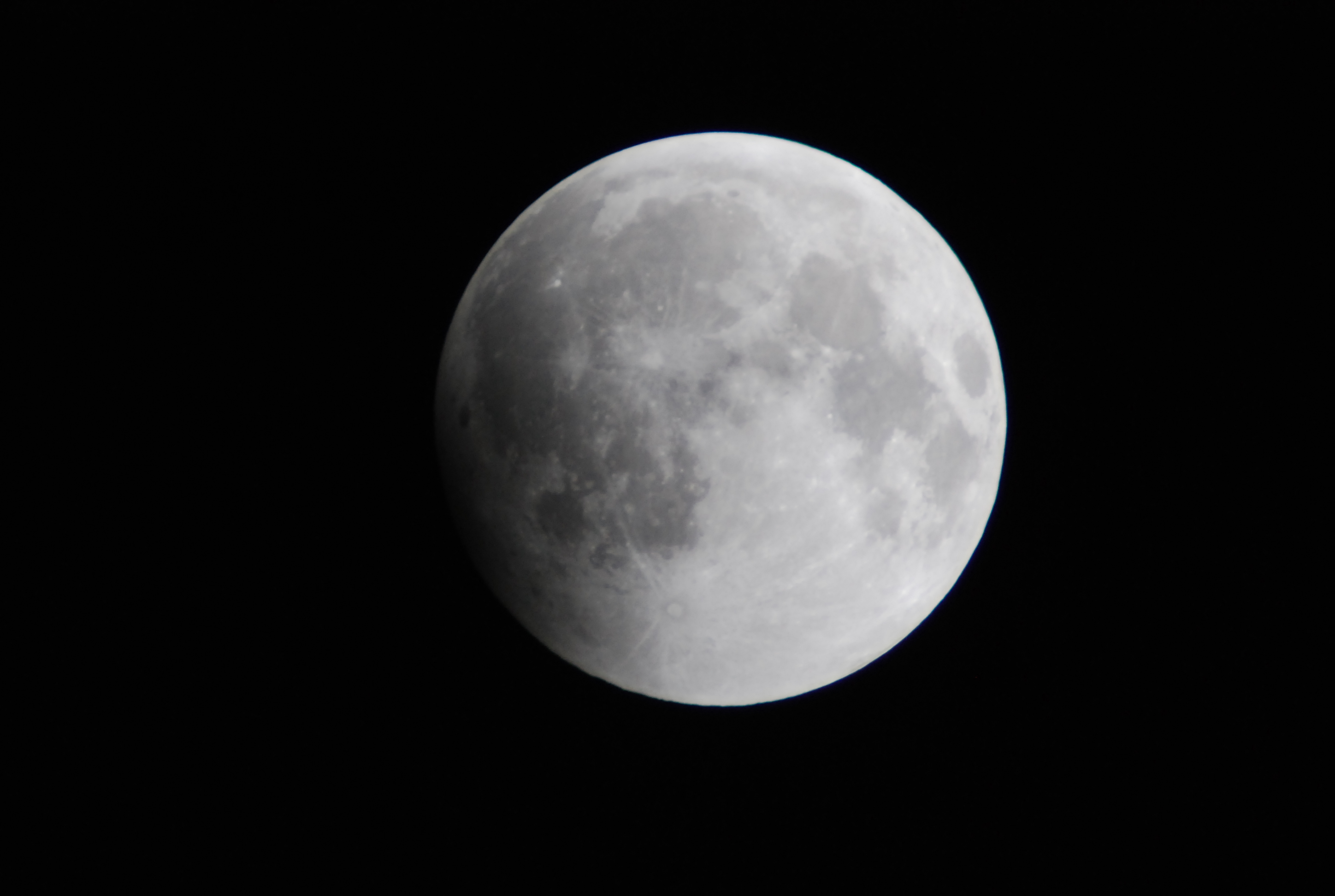
A penumbral lunar eclipse happens when the Moon travels through the faint penumbral portion of the Earth’s shadow.This is the least interesting type of eclipse, because the moon is in Earth’s faint outer (penumbral) shadow. Unless you’re a seasoned skywatcher, you likely won’t notice the effect.
Lunar Eclipse Facts
- The Moon will be visited by man in the near future: NASA plans to return astronauts to the moon to set up a permanent space station. Mankind may once again walk on the moon in 2019, if all goes according to plan.
- The Moon has quakes: These are caused by the gravitational pull of the Earth. Lunar astronauts used seismographs on their visits to the Moon, and found that small moonquakes occurred several kilometres beneath the surface, causing ruptures and cracks. Scientists think the Moon has a molten core, just like Earth.
- The Moon has no atmosphere: This means that the surface of the Moon is unprotected from cosmic rays, meteorites and solar winds, and has huge temperature variations. The lack of atmosphere means no sound can be heard on the Moon, and the sky always appears black.
- A person would weigh much less on the Moon: The Moon has much weaker gravity than Earth, due to its smaller mass, so you would weigh about one sixth (16.5%) of your weight on Earth. This is why the lunar astronauts could leap and bound so high in the air.
- The Moon has only been walked on by 12 people; all American males:The first man to set foot on the Moon in 1969 was Neil Armstrong on the Apollo 11 mission, while the last man to walk on the Moon in 1972 was Gene Cernan on the Apollo 17 mission. Since then the Moon has only be visited by unmanned vehicles.
- The rise and fall of the tides on Earth is caused by the Moon: There are two bulges in the Earth due to the gravitational pull that the Moon exerts; one on the side facing the Moon, and the other on the opposite side that faces away from the Moon, The bulges move around the oceans as the Earth rotates, causing high and low tides around the globe.
